Hypertension
 Hypertension (high blood pressure) is a common condition within the community. It is often “silent” – that is, it does not cause symptoms. However, excessively high blood pressure over a long period can still cause issues such as heart and kidney disease and increase your risk of a stroke.
Hypertension (high blood pressure) is a common condition within the community. It is often “silent” – that is, it does not cause symptoms. However, excessively high blood pressure over a long period can still cause issues such as heart and kidney disease and increase your risk of a stroke.
High blood pressure can be better controlled with adequate medications. You may need a 24 hour (overnight) blood pressure monitor to confirm whether your blood pressure is definitely too high and that you are not experiencing “white coat hypertension” (blood pressure that is high at visits to your doctor but normal at other times).
High blood pressure can usually be managed by your general practitioner, but in some situations, specialist review may be useful for some further advice.
Usually this occurs if:
- your blood pressure has been difficult to control with common medications
- you have had side effects with common blood pressure medications
- your blood pressure is often high but sometimes too low
- you have been found to have high blood pressure at a young age, when screening for specific “secondary” causes and advice on specific treatments is recommended
A specialist can offer further advice about medications to control your blood pressure if confirmed to be high. Once this is achieved, you may follow up with your general practitioner longer term.
Read out section on “How to measure your blood pressure at home” in News.
Orthostatic hypotension
Orthostatic (postural) hypotension can be a significant problem for some people, particularly with increasing age and with neurological conditions such as Parkinson’s disease.
This condition leads to a sudden drop in blood pressure with symptoms such as lightheadedness when arising from a chair or bed. Post-prandial hypotension (low blood pressure occurring after meals) is often an additional issue for patients with this condition.
Orthostatic hypotension can be a very challenging issue to manage and treatment needs to be individualised to your specific situation. A thorough assessment including lying and sitting/standing blood pressures (and in some instances, an overnight blood pressure monitor) is important to develop a plan for treatment. Targets for your blood pressure control may need to be reviewed, and the type/ timing of your blood pressure medications may also need to be adjusted to improve your symptoms.

